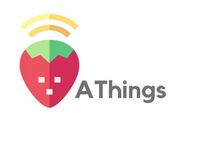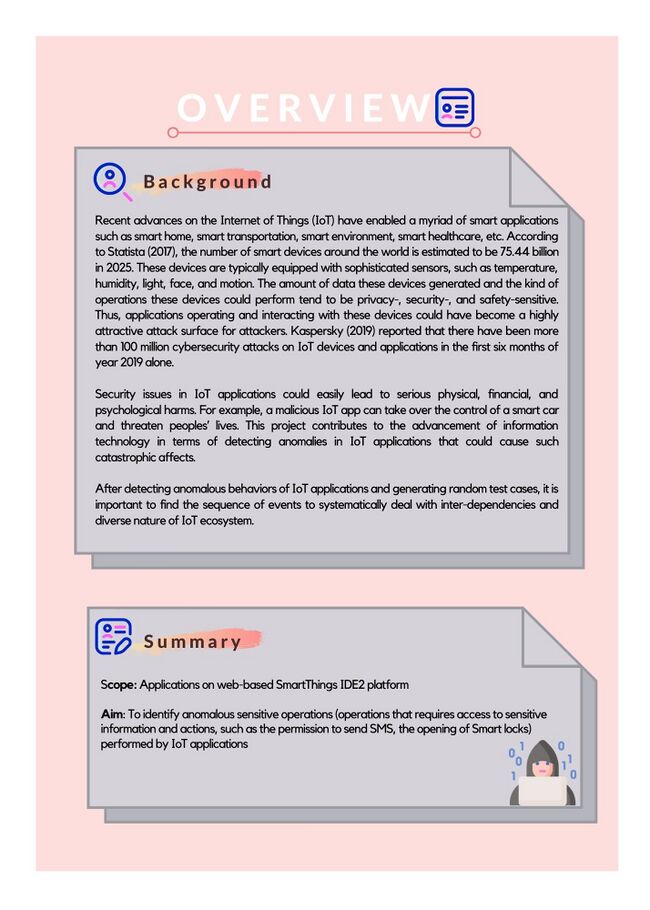Difference between revisions of "SMT483G2: AThings Overview"
Jump to navigation
Jump to search
| (24 intermediate revisions by 2 users not shown) | |||
| Line 3: | Line 3: | ||
<!--/HEADER--> | <!--/HEADER--> | ||
| + | <br> | ||
<!--MENU--> | <!--MENU--> | ||
<!--rax--> | <!--rax--> | ||
| Line 23: | Line 24: | ||
|} | |} | ||
| + | <!--/MENU--> | ||
| + | <br> | ||
| + | <!--Sub Header Start--> | ||
| + | <!--rax--> | ||
| + | {| style="background-color:white; color:white padding: 5px 0 0 0;" width="100%" height=50px cellspacing="0" cellpadding="0" valign="top" border="0" | | ||
| + | | style="vertical-align:top;width:15%;" | <div style="padding: 3px; font-weight: bold; text-align:center; line-height: wrap_content; font-size:13px; border-bottom:3px solid #7c0a02; font-family:helvetica"> [[SMT483G2: AThings Overview| <font color="#232D34"><b>Project Overview</b></font>]] | ||
| − | < | + | | style="vertical-align:top;width:15%;" | <div style="padding: 3px; font-weight: bold; text-align:center; line-height: wrap_content; font-size:13px; border-bottom:1px solid #7c0a02; font-family:helvetica"> [[SMT483G2: A-Things Phase I | <font color="#232D34"><b>Phase I </b></font>]] |
| + | | style="vertical-align:top;width:15%;" | <div style="padding: 3px; font-weight: bold; text-align:center; line-height: wrap_content; font-size:13px; border-bottom:1px solid #7c0a02; font-family:helvetica"> [[SMT483G2: A-Things Phase II| <font color="#232D34"><b>Phase II </b></font>]] | ||
| − | < | + | | style="vertical-align:top;width:15%;" | <div style="padding: 3px; font-weight: bold; text-align:center; line-height: wrap_content; font-size:13px; border-bottom:1px solid #7c0a02; font-family:helvetica"> [[SMT483G2: A-Things Data Required| <font color="#232D34"><b>About Our Data</b></font>]] |
| − | = | ||
| − | < | ||
| − | |||
| − | |||
| − | |||
| − | + | |} | |
| − | < | + | <!--Sub Header End--> |
| − | + | <!-- Body --> | |
| − | < | ||
| − | |||
| − | = | + | {|style="background-color:#fff" width="100%" | |
| − | + | | style="background-color:#fff; border-bottom:0px solid #fff; border:solid #fff; color:#fff"| | |
| − | = | + | [[File:3.jpg|650px|frameless|center]] |
| − | + | |} | |
| − | |||
| − | |||
| − | |||
<!-- /Body --> | <!-- /Body --> | ||

